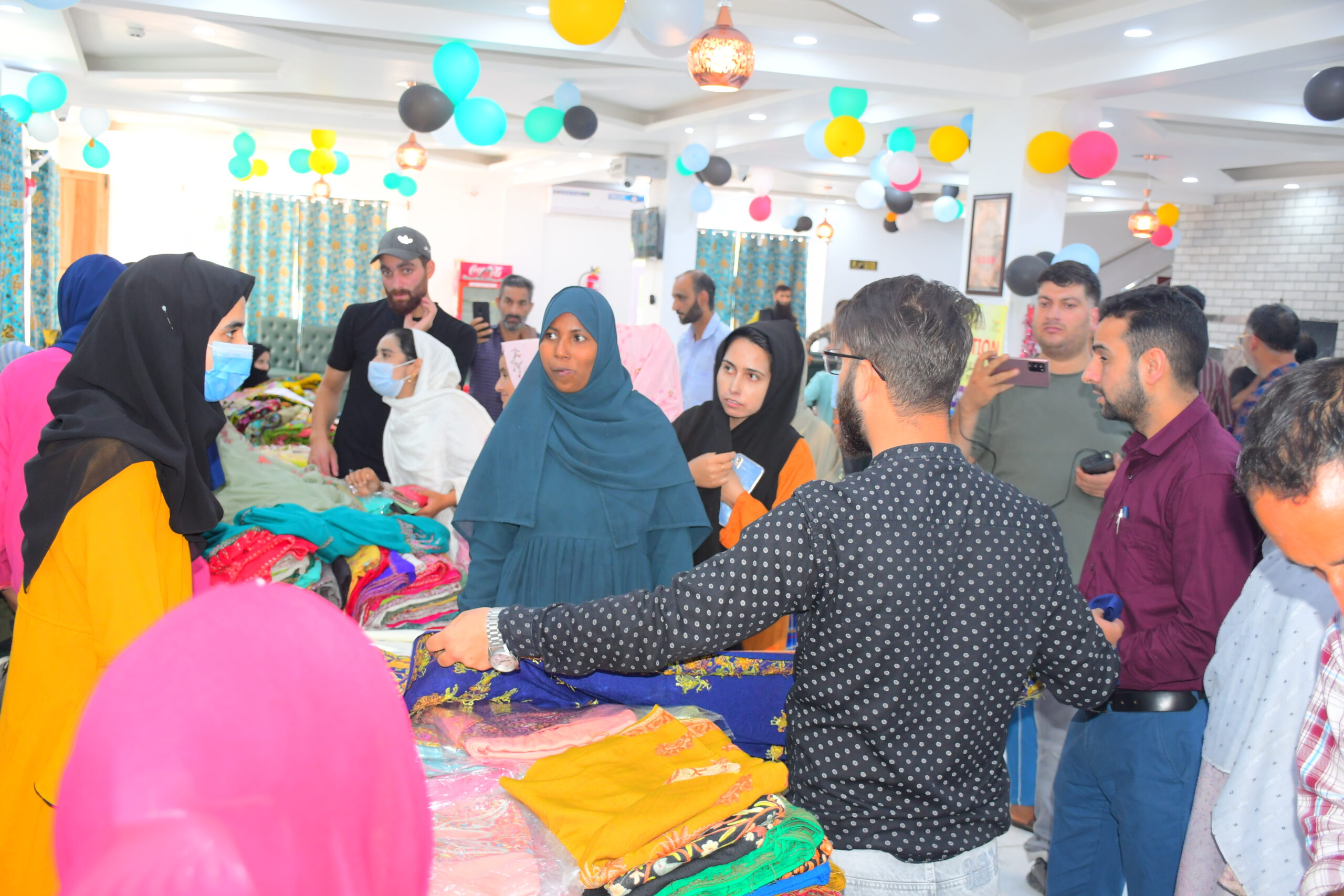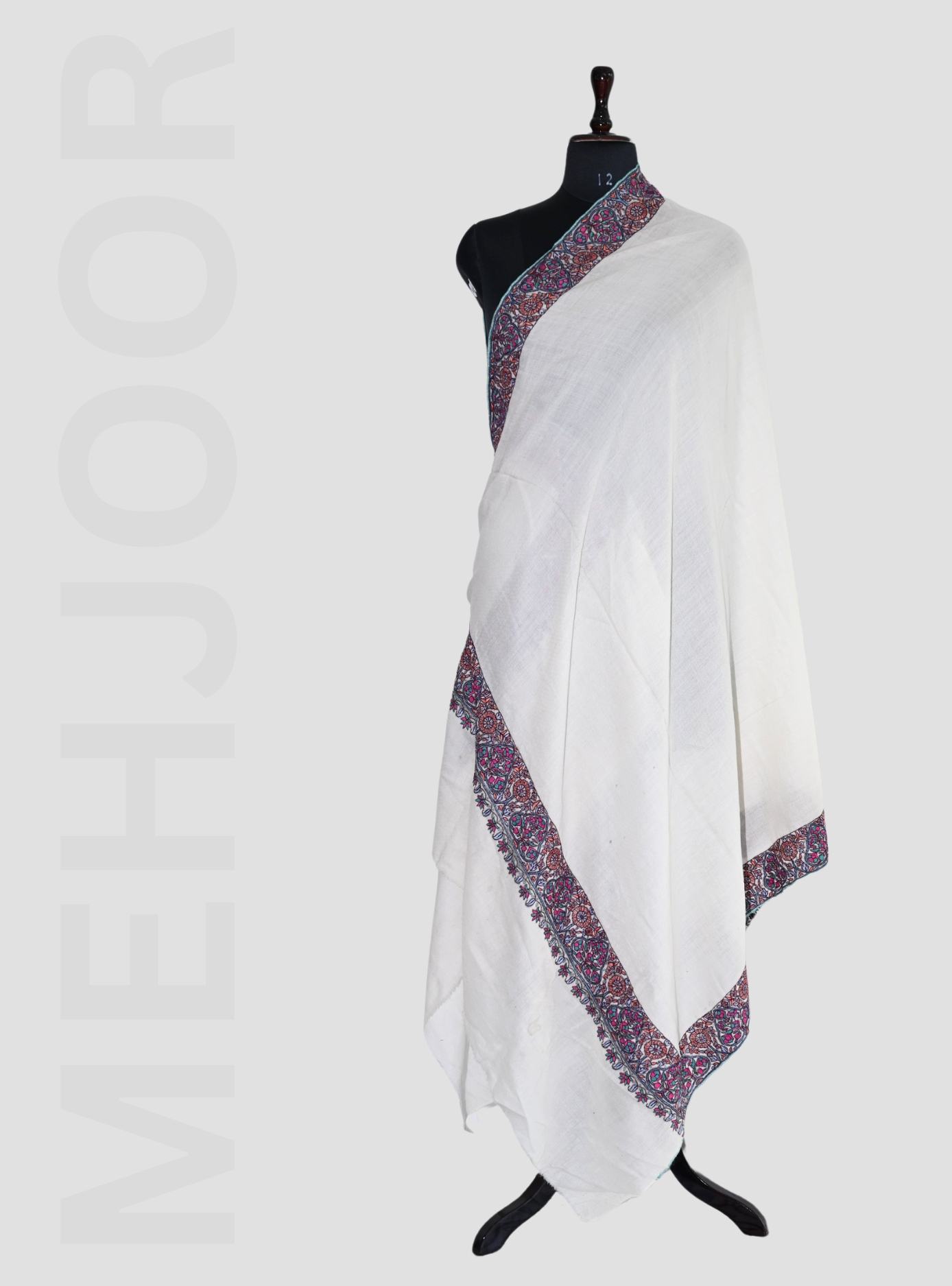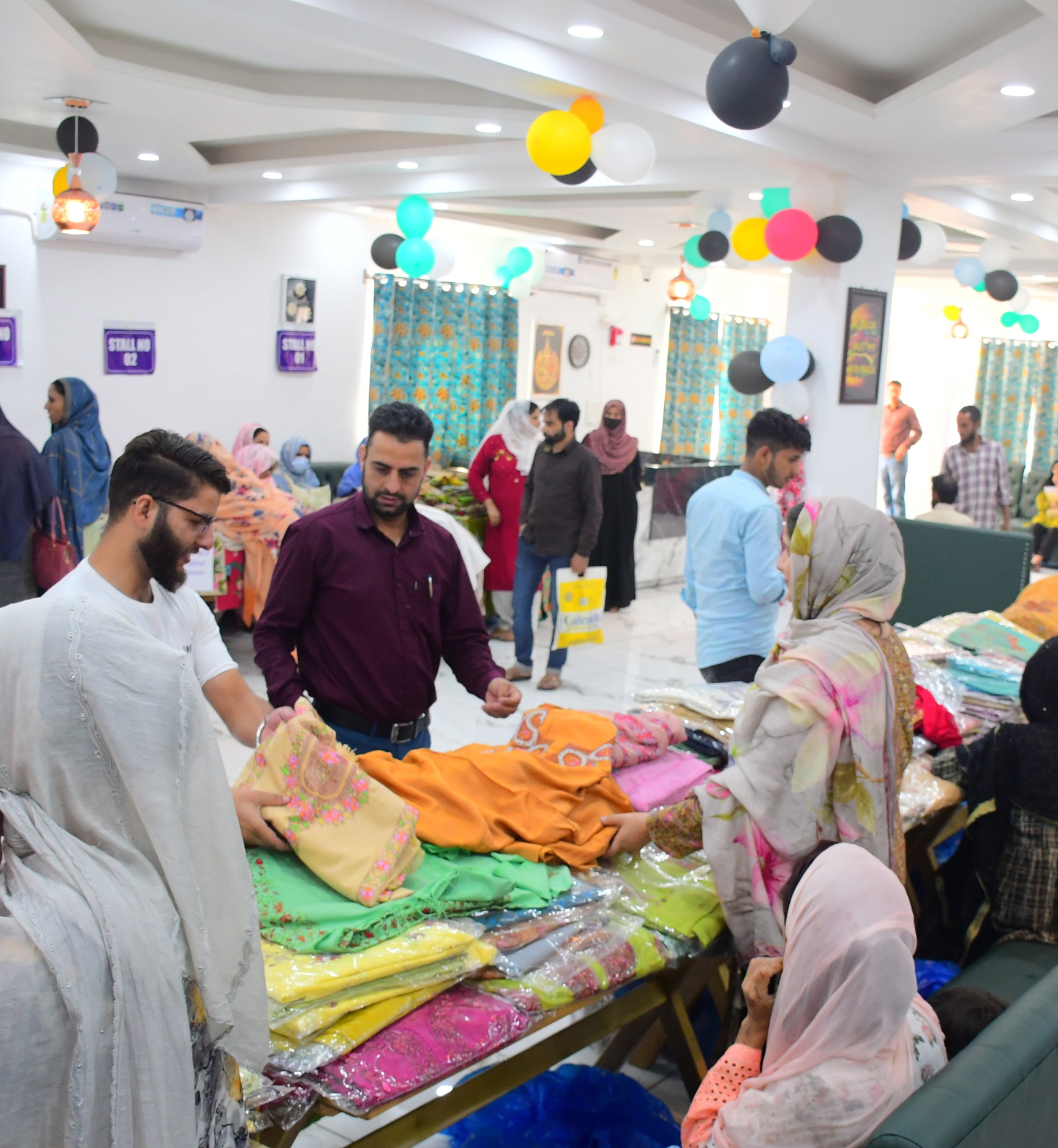
Changing The Game Embrace Your Own Style
Embrace your own style and see your personality shine through with Mehjoor Handicraft’s unique handmade creations. Don’t just follow trends—set your own with our beautifully crafted products.
Create with us and impress the world with the elegance and authenticity of handmade artistry. Even the simplest piece tells a story of tradition and craftsmanship.
99 Reviews
5/5



In Stock
Discover our exclusive collection of handmade products, each designed to make a lasting impression. Whether it’s for a special occasion, a thoughtful gift, or everyday use, our items bring a touch of uniqueness to every moment.
New Arrivals Products
Explore Our New Arrivals: Where Artistry Meets Elegance, Each Piece a Timeless Treasure.
-
₹3,000.00
-
₹3,000.00
-
₹3,000.00
-
₹3,000.00
Popular Collection
Explore Our New Arrivals: Where Artistry Meets Elegance, Each Piece a Timeless Treasure.
-
₹2,500.00
-
₹2,500.00
-
₹2,500.00
-
₹2,500.00
-
₹5,500.00
-
₹5,500.00
-
₹5,500.00
-
₹1,980.00

Pashmina Collections
On Best Fashion Collections Products
Consumers expect to buy now, receive tomorrow. Or buy now, collect from the store tomorrow.
- Luxurious Base Material
- Exquisite Hand Embroidery
- Lightweight Yet Warm
Sozni Embroidery Pharan
Explore Our New Arrivals: Where Artistry Meets Elegance, Each Piece a Timeless Treasure.
-
₹3,500.00
-
₹3,500.00
-
₹3,500.00
-
₹3,500.00
-
₹3,500.00
-
₹3,500.00
-
₹3,500.00
-
₹3,500.00
Cluster Details

Cluster Details of Mehjoor Handicrafts Producer Company limited
The Sozni GI Craft Cluster, located at Village Paripora and Makhama District Budgam of UT Jammu and Kashmir aims to preserve and promote the traditional art of Sozni embroidery while improving the livelihoods of local artisans. The cluster will focus on skill development, design innovation, and creating new market linkages for Sozni products. Approximately 500 artisans.

Product Development Process
The Sozni GI (Geographical Indication) Craft product development process follows a unique path, as it involves the traditional art form of Sozni embroidery, which is a craft that is protected under geographical indications (GI) to ensure its authenticity and cultural heritage.
Frequently Asked Questions

What information do I need to provide for you to manufacture my garments?
Please provide detailed information about the product(s) you want, including design, sizes, fabric details or counts, and any sketches or patterns if available. The more information you can give, the better we can understand your requirements.
How long will my order take to manufacture?
After your order is confirmed and the advance payment is received, it will take around 45 days for production to be completed and the items to be ready for shipment. The exact production time may vary based on the order’s size and complexity, and we will provide a precise timeframe once your order is finalized.
How do artisans learn their skills?
Artisans learn traditional crafts from techniques passed down through their community. Non-traditional crafts are learned through training workshops offered by Mehjoor Handicrafts.
Is it possible for me to visit the locations where the products are manufactured?
Yes, you can visit the production locations. Please contact us at least two weeks before your planned visit. If we can accommodate your visit, we will arrange the details, but please note that you will be responsible for all associated expenses.
Subscribe and get 15% off
Save 15% off your first purchase when you subscribe to our insider offers and updates.

Mehjoor Handicrafts Producer Company Limited C/O Zahoor Ahmad Gania Paripora Budgam , Srinagar JK, India,193401































